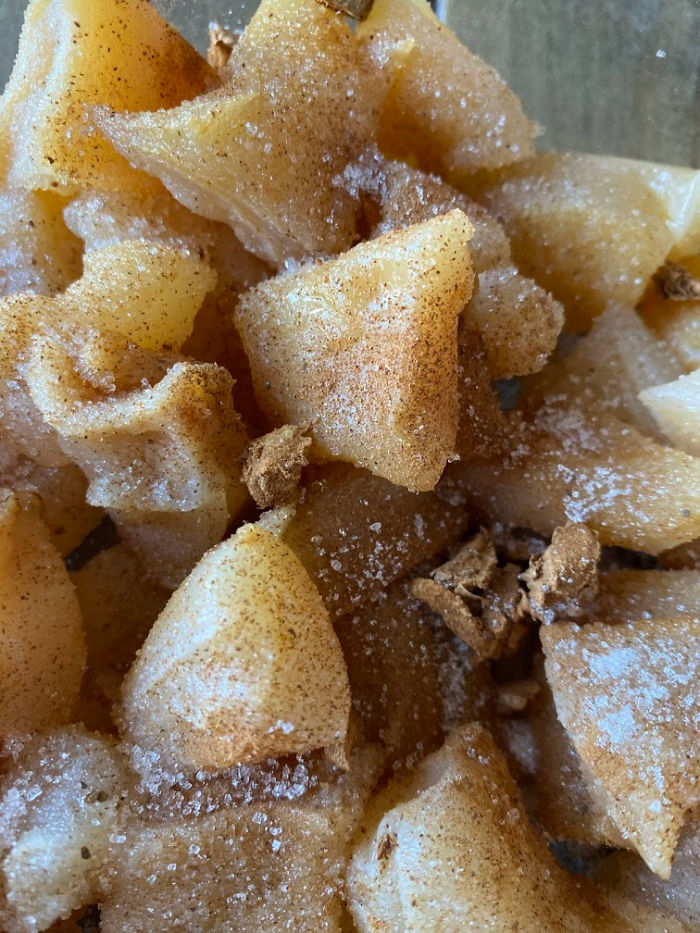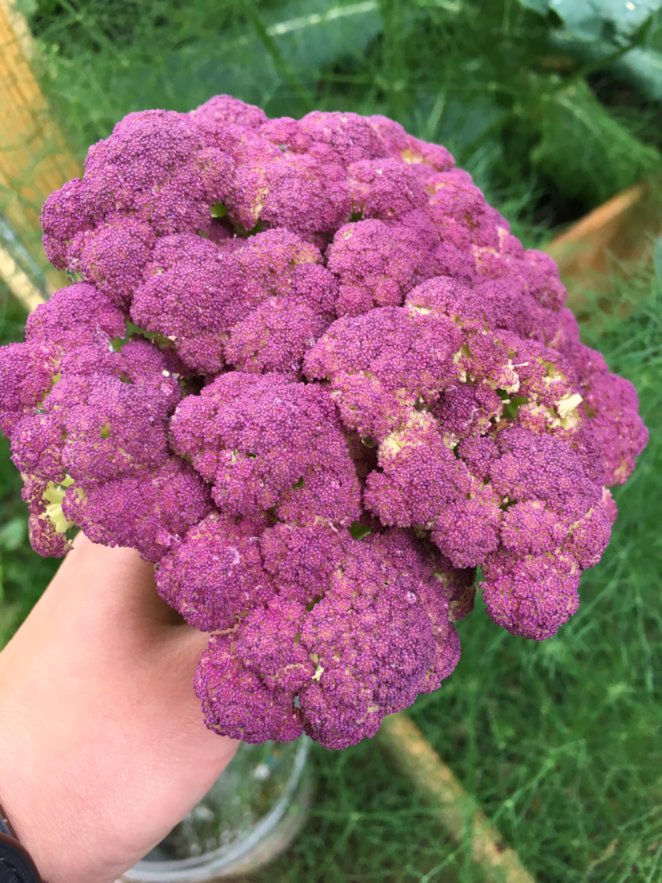
Welcome to June, the month where gardens and homesteads are in full swing! As the summer heat begins to ramp up, it’s time to roll up your sleeves and get to work. But don’t worry, we’ve got you covered with our ultimate June garden and homestead to-do list. Whether you’re a seasoned green thumb or just starting out, this list will help you stay on top of all the tasks you need to complete to keep your garden and homestead thriving for USDA zone 6 and zone 7. So grab your tools and let’s get started!
Let’s get started with checklists suitable for zones 6a, 6b, 7a, and 7b and specially targeted towards the mountainous regions of North Carolina, Tennessee, and Virginia.
June Urban Homestead and Garden Chore Checklist
Gardening Checklist:
- Water your garden – As the weather starts to warm up, make sure to keep your plants hydrated by watering them regularly. They should have a good root system by now so make sure to not overwater. A rain gauge can help you monitor for at least 1 inch of rain per week.
- Mulch your garden – Mulching can help to conserve moisture in your garden, reduce weed growth, and regulate soil temperature. Consider adding a layer of mulch around your plants in June if you did not do so in May or were waiting for seeds to sprout.
- Weed your garden – With the warmer temperatures and increased rainfall, weeds can quickly take over your garden. Stay on top of them by weeding regularly. See number 2 as a way to really cut down on how much weeding you need to do
- Harvest early crops – Depending on what you’ve planted, some of your early crops may be ready for harvest in June. Be sure to pick them promptly to encourage continued growth. It also may be too warm for cold weather crops. Remove lettuces, brassicas, and other crops that are bolting to make room for #5
- Plant summer crops – June is a good time to plant heat-loving summer crops like corn, tomatoes, peppers, and squash. If you already planted once set this is the time to plant more for succession harvest
- Fertilize your garden – If you haven’t already done so, apply a balanced fertilizer to your garden to give your plants a boost. We like a slow release organic fertilizer
- Monitor for pests – Keep an eye out for pests like Japanese beetles. Check for early squash and cucumber beetles before the lay yellow eggs. If you spot any, take action to control them before they cause serious damage. For organic control you can use Japanese beetle traps (Our chickens also love to eat Japanese beetles). We walk around with a small jar of alcohol and knock any squash beetles into the alcohol. Instant death!
- Prune your garden – Prune any dead or damaged branches from your trees and shrubs, and deadhead spent blooms from your flowers to encourage more growth. If you are doing espalier or intensive orcharding make sure the new growth doesn’t get out of hand.
- Plan for fall – Believe it or not, June is a good time to start thinking about your fall garden. Consider what you plan to plant (cool-weather crops like broccoli, cauliflower, and Brussels sprouts) and order seeds. A lot of seeds will start to go on sale in June and July.
- Thin Fruit – While peaches are pretty good at thinning themselves (Peach drop) you may need to thin apples, pears, and plums to get larger, quality fruit, and reduce limb strain of smaller trees.
Urban Homestead Checklist:
- Jam/Jelly Time – Nothing beats homemade berry jams! This June, grab your water bath canner and start preserving those delicious fruits. Not only is it a great way to enjoy your harvest year-round, but it’s also a fun activity to do with friends. Make an afternoon canning session.
- Forage for fruit – Have you tried foraging for Juneberries or Serviceberries yet? They’re in season, and they make for a tasty snack or a unique addition to your homestead recipes. Just be sure to properly identify any wild fruits before eating them! In other words, if you don’t 100% know what it is do NOT eat it.
- Hive Checks – If you’re a beekeeper, now’s the time to check your hives for swarms and honey. Even if you’re not a beekeeper yet, it’s always good to learn about these fascinating creatures and the role they play in our ecosystem. While we aren’t beekeepers (yet) here is a handy guide.
- Second Hatch/Breeding – For those who raise quail, rabbits, or chickens for meat, it’s important to plan ahead for the hot weather that’s coming. Start a new hatch or complete rabbit breeding before the summer heat hits, so you can ensure a steady supply of protein for your family.
- Prepare for Summer Heat – Make sure all your animals have access to shade and plenty of water during the hot summer months. Consider adding shade cloth to your greenhouses or high tunnels, or installing fans to keep your animals cool and comfortable. In the mountains, I rarely have to add fans for the animals as they have access to forest and shade, but we absolutely have to add them to the greenhouse.
- Preserve Herbs – With cooler weather herbs like cilantro and basil in season, it’s the perfect time to collect and dry them for tea and cooking. You can also freeze your herbs for use throughout the year.
- Plan for Fall/Winter – While the summer is in full swing, take some time to plan ahead for the fall and winter months. Stock up on hay and other feed for your animals, and order any necessary supplies in advance. Don’t forget to take advantage of seed sales, too!
- Catch up on Chores – With a slower garden month in June, it’s the perfect time to catch up on any homestead chores that may have fallen behind. Mend clothing, build infrastructure, try out a new skill like basket making or leather working, or even brew some beer or make cheese if you have goats in milk! We have goat envy for sure.

Resource List for June
- FREE PRINTABLE PDF of the June Homestead and Garden Checklist
- Bee Keeping Checklist for June
- Infrastructure Updates: Pea Gravel and Timber Stair How-To
- ALL the Berries: Check out a list of perennial berries you can forage, plant, and eat, many ripening in June.
- Shade Cloth: Here is the 40% version we use for semi-shade tropical plants growing in the greenhouse. Go with a higher percentage if you are shading animals.
Get ready for summer on your urban homestead with our June to-do list! From making delicious berry jams and foraging for fruit to checking on your hives and planning for fall, we’ve got you covered. Plus, catch up on chores and try your hand at new skills like basket making or leather working. Keep your livestock happy and healthy with shade cloth and cooling methods, and stock up on hay and feed while it’s plentiful. With our tips, you’ll be ready for whatever homesteading adventures come your way!




















